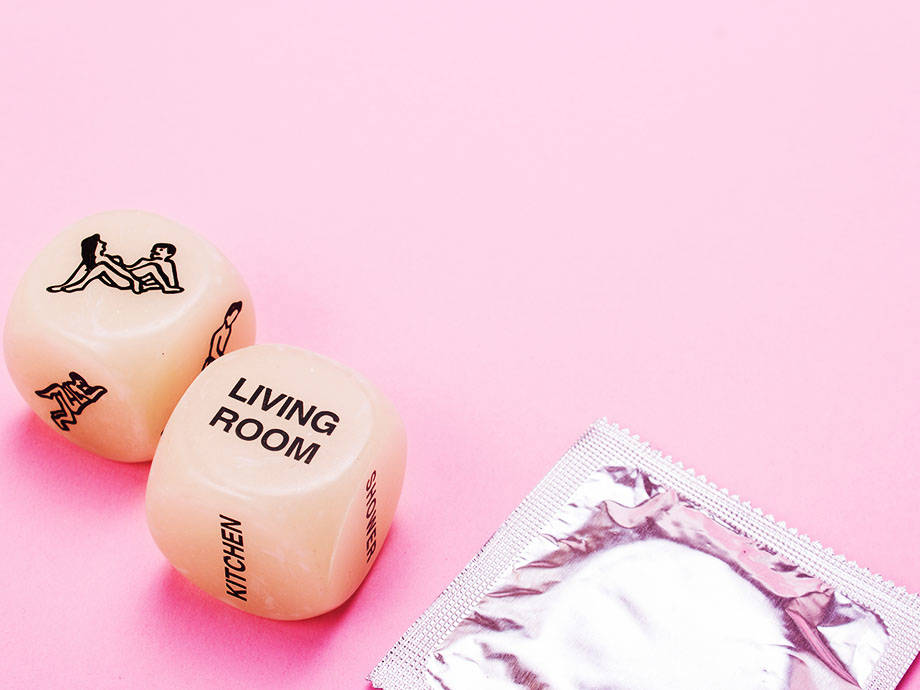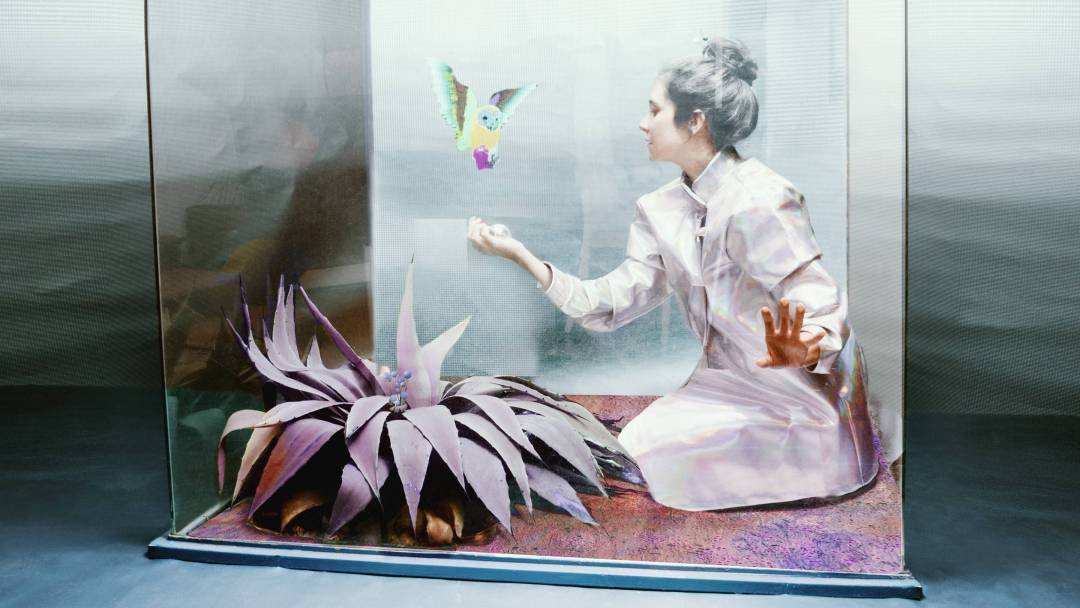
The Glamour of Micro-Living
For those who love Marie Kondo's minimal lifestyle
At the start of 2019, thrift stores across the United States experienced the “Marie Kondo effect.” After watching the Netflix series Tidying Up With Marie Kondo, Americans cleaned out their closets en masse and then donated any possessions that didn’t “spark joy.”
In cities across the country, micro-unit complexes have popped up as the new, ultra-modern living experience for affluent millennials. Manhattan’s Carmel Place, for example, comes with customized furnishings and amenities like bike-storage, a gym and communal spaces. The development’s “micro-studios” list for around $2,775 per month and range from 260 to 360 square feet. Meanwhile, social media feeds are filling up with micro-living content—tiny house Instagram accounts, van life "vlogs", capsule wardrobe guides and decluttering tutorials. While this widespread fascination shows no signs of stopping, the question remains: is living with less stuff a valid remedy for contemporary issues?
Hill says that the “basic premise” of his design firm, LifeEdited, is applying “design, technology, and a little behavior change” to “create smaller, smarter lives that are going to have a drastically reduced environmental footprint.” LifeEdited offers various products, tips, and real estate properties: two micro-apartments and one house in Maui. According to the eco-entrepreneur, there’s a disconnect between Americans’ amount of stuff and their emotional well-being. He claims that since the 1950s, Americans have 300 percent more space and still, they aren't anymore satisfied.
I find myself being more appreciative not only to my belongings, but to those in my life that I love.
Instead of being a viable public policy solution, micro-living can be best understood as a phenomenon that’s amplified by the internet. There are several social media influencers who have accrued fame by living small. Whitney Leigh Morris discovered an internet niche through documenting her life in a tiny cottage in Venice, California (the ultimate Mecca for wellness influencers). Despite being less than 400 square feet, the 1920s craftsman-style cottage houses her husband Adam, toddler West and two beagles. In well-lit photos, she sells the idea to her 136,000 followers—and her organizational consulting clients—that you can do all your typical family activities with a lot less space. (And quite often, those photos are peppered with brand endorsements.) Morris says that for her, minimal living not only has environmental benefits but can also alleviate anxiety by freeing up the time she used to spend cleaning. Her philosophy boils down to “reducing the things you have to deal with” while simultaneously “honing your focus in on the things you need to—or love to—take care of.”
Of course, it’s brush off micro-living as just another fad, but the values of “living small” have helped a devoted following: Eloisa, a Venice-based actress and founder of dog-bed company The Wolf Nest, reached out to Morris for advice after becoming a mother. She says that before embracing a minimal lifestyle, she was “overwhelmed with all of the clutter” and had trouble juggling her roles as mother and businesswoman. With her downsizing tips and guidance, Morris reinvented Ribeiro’s life. The actress claims she now has more time to be emotionally present.

Both Eloisa and Shaun’s forays into minimal living are pretty mundane when compared to what Hill and real estate developers are proposing. There’s a problem in how micro-units, the most zealous form of small living, are being marketed as pragmatic and utilitarian to a larger audience. In a 2018 white paper, the Central City Association of Los Angeles (CCA) endorsed the development of more properties that span from 150 to 350 square feet. According to the Downtown L.A. business group, “micro-units are great for residents and cities, and also for developers.” The research alleges that constructing more of these properties could help mitigate Downtown L.A.’s housing crisis, reduce environmental output, and encourage public transportation. All of this marketing overestimates people’s ability to readjust. CCA claims that these micro-units are great for “singles who prefer to live alone” and “individuals who spend most of their time outside their homes.” But there’s a difference between solitude and micro-living. Although Hill acknowledged that his lifestyle isn’t for everyone, the lines become blurry when he uses terms like “behavior change.”
Some experts, like Susan Saegert remain wary. The professor of environmental psychology at City University of New York describes the tiny house movement as “quixotic” and doubts that this type of living situation is appealing for a good chunk of the population. Since it’s a relatively short period in someone’s life in which they can feasibly live in micro-units, she urges people to consider what happens when their households grow and they may want more space. The environmental psychologist warns that on the “community level,” the popularity of micro-units may balloon the cost per square-foot and subsequently exacerbate the housing crisis.
Can Marie Kondo Tidy Up Your Sex Life?
Get rid of all things (and people) that don't spark pleasure

Whether or not the micro-living movement can make a substantial impact on our environment, cities and our well-being remains to be seen. Ultimately, this lifestyle might work best in incremental doses. Getaway, a travel startup, offers tiny cabins for stressed out cosmopolitans looking to unwind, unplug, and experience a taste of micro-living. With cabins located across the East Coast, they are planning on expanding to the forested outskirts of Los Angeles. This company isn’t the first of its kind. Kat Huang, a downtown Manhattan-based travel and wellness influencer, visited a Tiny House Resort in upstate New York for a couple of times last year. Huang said that though she couldn’t see herself living there for more than a month, she began “minimizing” once she returned to Manhattan. Huang’s apartment is small anyway, and so staying in a tiny cabin made her reassess whether she needed that many belongings in general.
“Since then, I have been conscious of all my purchases and what I’m bringing back home,” Huang tells Playboy. It’s easy for righteous ideals to become flattened into a compelling aesthetic. Perhaps when we acknowledge that micro-living is escapist but not totally aspirational, the movement’s values will actually go viral.






